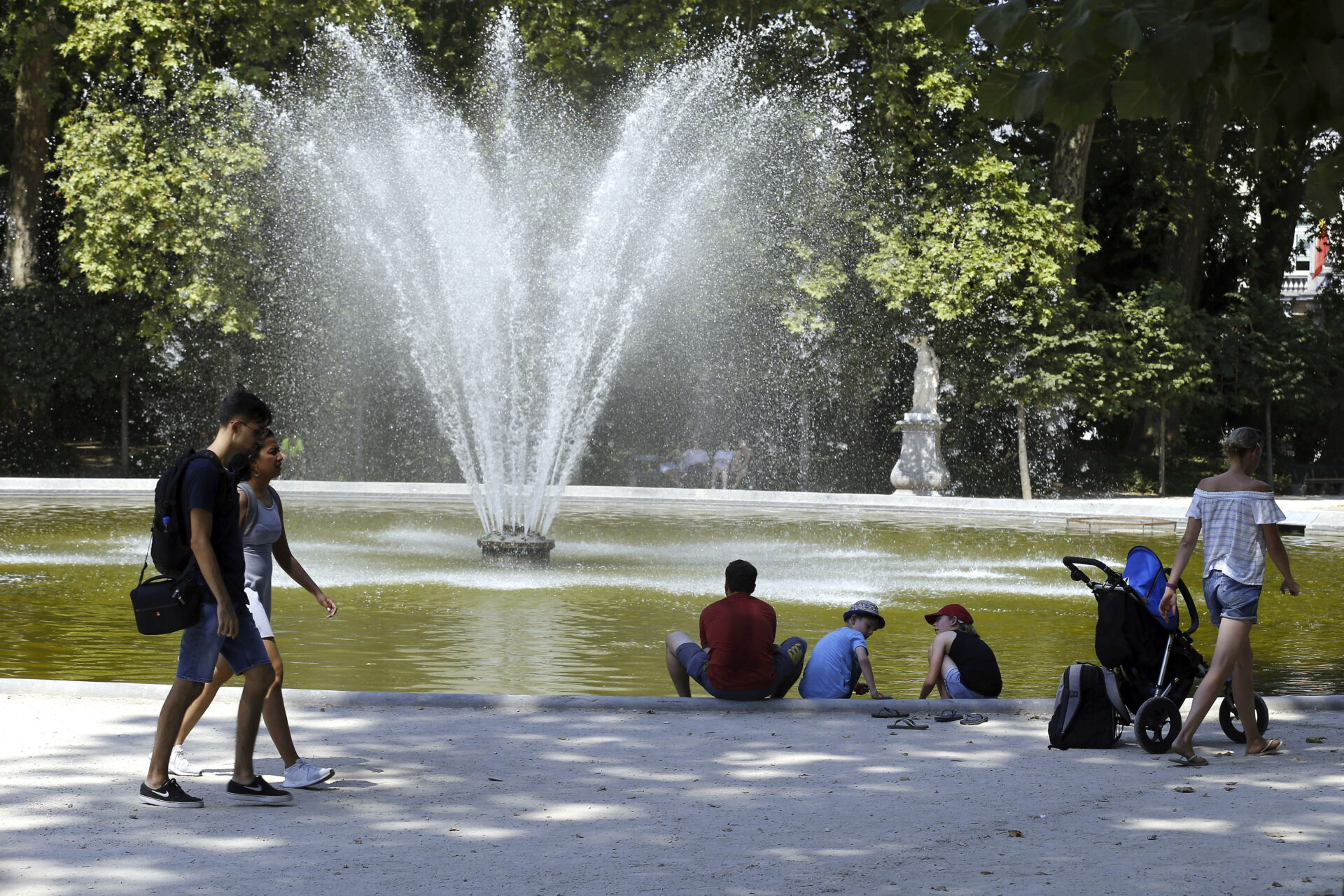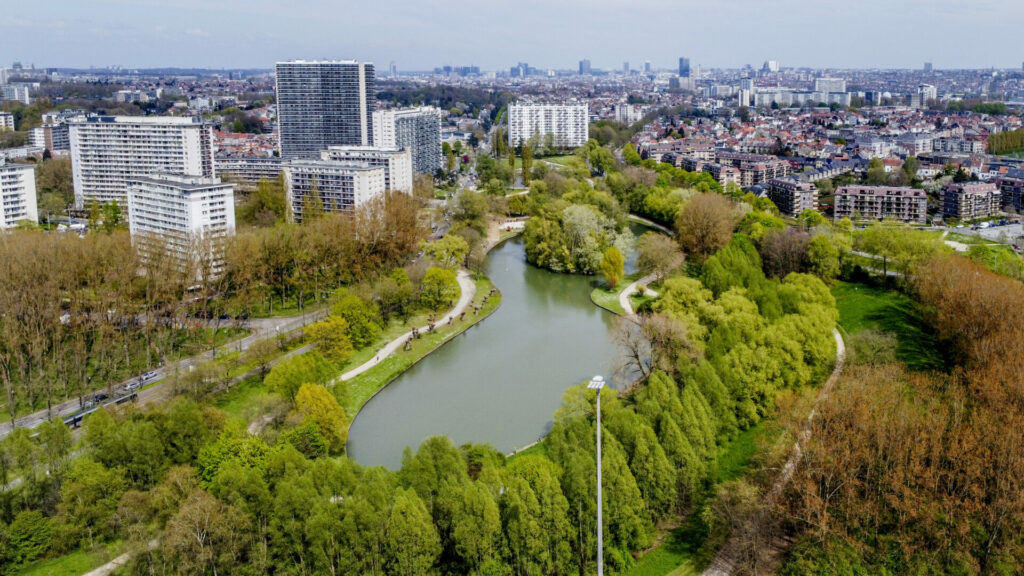In a dense, concrete jungle like Brussels, green spaces are important elements to improve inhabitants' quality of life. However, a recent report highlighted that the supply is not uniform across the region, and most are very small.
Among the Brussels population, there is always demand for accessible green spaces, as they fulfil social, environmental and health-related functions in urban areas: people meet here, play sports and find some peace, all beneficial to their physical and mental health – and it also helps with the wildlife habitat and boosts the ecosystem.
For these reasons, their existence plays a crucial role in urban life. Over the past 40 years, the Brussels region has added some 400 hectares of green space, a report by BISA, the Brussels Institute for Statistics and Analysis, highlighted.
On 1 June 1981, the Brussels agglomeration had 2,528 hectares of public green spaces with a social function, around 16% of the territory. In 2023, a total of 2,924 hectares of green spaces with a similar function are open to the public, an increase of around 400 hectares. "This estimate, because of the slightly different data, is not very precise and the data are not entirely comparable, but it indicates a very real increase."
People in city centre worst off
Taking into account all functions, the Brussels Region has just over 3,100 ha of green spaces, of which the Sonian Forest accounts for half. Almost 60% of the total green spaces are forests and woods, while 34% corresponds to parks and squares. The final share is made up of cemeteries and green spaces along roads.
Green spaces represent about 19% of the Region's area, but only 9% without the Sonian Forest. BISA notes this is because most green spaces in the Brussels Region are small, "very small even": three-quarters have an area of less than one hectare.

The Parc de Bruxelles is the only "large" park in the Pentagon. Credit: Belga/Nicolas Maeterlinck
Only three parks accessible to the public exceed 50 hectares – the Sonian Forest, Bois de la Cambre and Woluwe Park, where the quality of green spaces is the highest – and all three are located in the southeast of the Region.
The situation is particularly worrying in the Pentagon (the city centre located within the Small Ring Road). "Not only does the city centre suffer from a lack of green spaces accessible to the public, but the spaces that do exist are smaller, less wooded and of lower biological value." People living here have to travel further to enjoy the best green spaces.
In the area between the Small Ring and the Central Ring, Cinquantenaire Park is the only large green space. The slightly bigger Josaphat, Leopold, Tour & Taxis and the Abbaye de la Cambre parks are still relatively small compared to citizens' needs.
Below minimum threshold of green spaces
The relatively small increase in green spaces, meanwhile, is outweighed by the significant population growth since 1981, with the arrival of more than 240,000 new residents. This resulted in the supply of green spaces per inhabitant even decreasing slightly over the past 40 years, from 25m2 per inhabitant in 1981 to an average of 24m2 per inhabitant at the regional level in 2023.
The central parts of the city, where the population increased by more than 2,500 inhabitants in 40 years, remain well below the minimum threshold of 10m2 of green space per inhabitant (more recent advice states this should even be 50m2). "This proportion drops to 5m2 per inhabitant in the Pentagon and 4m2 per inhabitant between the Small and Central Ring Roads. Outside the Central Ring Road, the supply rises to 41m2 per inhabitant.
Related News
- Brussels to create new walking and cycling path to Tour & Taxi Park
- 'From grey highway to lively boulevard': Brussels inaugurates redesigned Boulevard Adolphe Max
BISA pointed out that, towards the future, almost all Directional Plans of Construction (RPA) provide the creation of new green spaces, but warned that these initiatives are also often accompanied by the construction of new housing, which often will also lead to significant population increases, meaning this will have little effect on the supply of green spaces per capita.
It concluded that, in the context of residential densification, "finding space to respond to the need for publicly accessible green spaces requires much effort and creativity", especially as these play a crucial role in reducing the urban heat island effect for citizens.

